Village-History Museums Help Pass down Fine Family Traditions
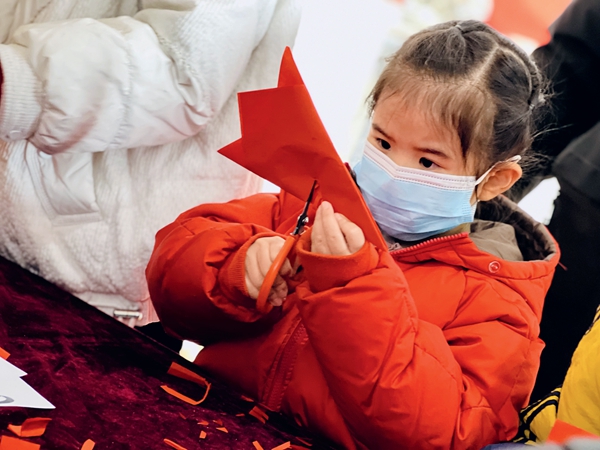
In Shenxian, a county in Liaocheng, a city in East China's Shandong Province, there are 889 village-history museums. Items, such as cell phones (first generation), looms and plows (collected from villagers), are displayed in the museums. The exhibits record the histories of the villages, and some of the items are reflections of good family traditions.
In the History Museum of Guanshang, a village in Shenxian, there is a stone mill and a roller in the yard, and there are old pictures on the wall and items, such as hoes and vats, in the exhibition room.
Zhang Siming, a villager, has special feelings for a broken vat displayed in the museum. "During the war of resistance against Japanese aggression (1931-1945), our village was pillaged, and a vat in my house was broken by Japanese soldiers. The vat was important to us because we used it to store oil," Zhang told visitors. Some children wrote down the story in their essays. One of them wrote, "We are lucky that we live in a time of peace."
Shenxian has made use of idle farmhouses, historical sites and public resources to build village-history museums. Many of the villagers, especially veterans and Party members, have participated in the museums' development, by donating old pictures and items, and by helping collect touching family stories. The museums have played significant roles in passing down good family traditions, and in advancing rural revitalization.
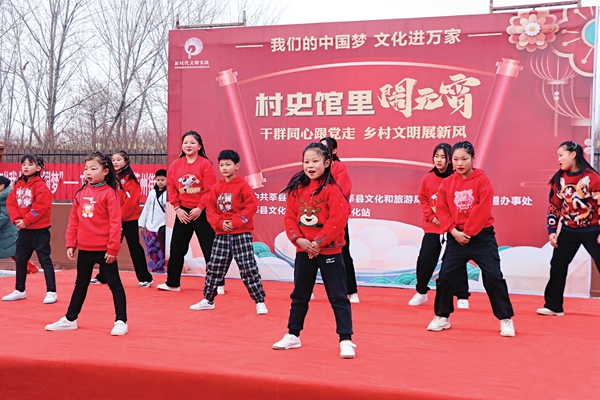
Classrooms Outside School
"It has been widely known that Yandian has three 'treasures' — muskmelon, roast pigeon and Chinese dates. In the 1990s, Yang Baozhong, our then-village Party secretary, led villagers in planting dates. Their efforts made our village famous for producing high-quality dates," says Zhou Taifeng, Party secretary of Wutun Village, in Yandian, a town in Shenxian. In the History Museum of Wutun, pictures of Yang and agricultural experts, taken when they helped villagers grow dates, and newspaper reports about the village, are exhibited. The items record the hard work of the villagers on their path to a wealthy and happy life.
An old loom, exhibited in the History Museum of Machang Village, still works. Every day, some women use the loom to weave, and children who are interested in weaving gather at the museum to watch the weavers at work.
"I often visit the museum of our village. The old items reflect people's lives and family traditions in the past," says Jia Shuxi, a student from the primary school of Shaozhuang Village. During their vacations, children in the village visit the museum, where some veteran Party members tell stories of revolutionary times. The children also learn about the history and good traditions of the village. The museum becomes a second classroom, outside of school.
The History Museum of Fuyuji Village displays a set of tools, used for woodwork. The tools belong to Liang Huaizeng, a carpenter. It took Liang several days to make a table with those tools; yet, it is much faster to produce furniture with modern equipment.
The exhibits in the History Museum of Yandian reflect the changes brought by the development of greenhouse-vegetable planting to villages in the town.
Some village-history museums in Shenxian play an important role in preserving folk culture. The village museum of Sunzhuang is located at the former residence of Deng Jiuru, a master of Shandong Qinshu (a kind of story telling with musical accompaniment). Erhu (a traditional stringed instrument) performances and local operas are regularly held at the museum. The village museum of Ximagou has a hall for exhibiting projection equipment and cine films used during different periods of China's history. The items help visitors understand how villagers screened films in the past.
The museums have been a platform for spreading culture and advocating core socialist values in the countryside. They host themed activities during special events, such as the Olympic Winter Games and during traditional festivals. They are great places for villagers to gather during festivals.
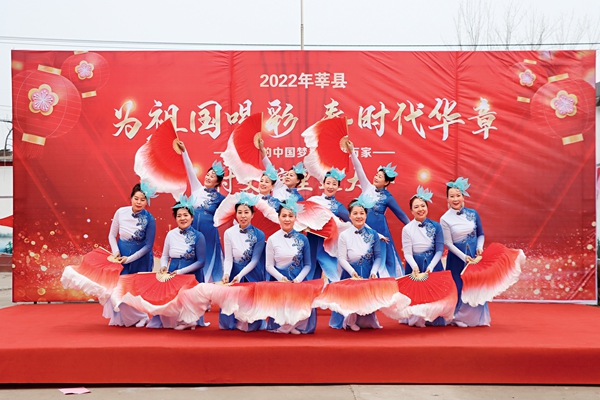
Women's Roles
Zhang Lihua, a resident of Feitai Community, in Shenxian, is often invited to share her family's story at the community's history museum. She looked after her invalid mother-in-law and nephew for years. Many visitors burst into tears when they hear her touching story.
Women in the community enjoy going to the museum. "I can watch old films, listen to stories of revolutionary times and join in square dancing there. The county's women's federation will organize lectures given by outstanding women from different sectors at the museum. My fellow women villagers and I are willing to attend the lectures," a woman says.
"The county's women's federation and culture and tourism bureau have organized an activity, to encourage visitors to discover fine family traditions behind the exhibits when they visit the village-history museums," notes Li Na, President of Shenxian Women's Federation.
A team of tour guides, composed of executive members of village-level women's federations and women volunteers, has been an active force in helping visitors learn the stories behind the exhibits, and in maintaining order at the museums.
Women's federations in Shenxian will constantly use the museums as places for encouraging virtues in individuals, through promoting fine family traditions.
Photos Supplied by Shandong Women's Federation
(Women of China English Monthly January 2023 issue)
Please understand that womenofchina.cn,a non-profit, information-communication website, cannot reach every writer before using articles and images. For copyright issues, please contact us by emailing: website@womenofchina.cn. The articles published and opinions expressed on this website represent the opinions of writers and are not necessarily shared by womenofchina.cn.

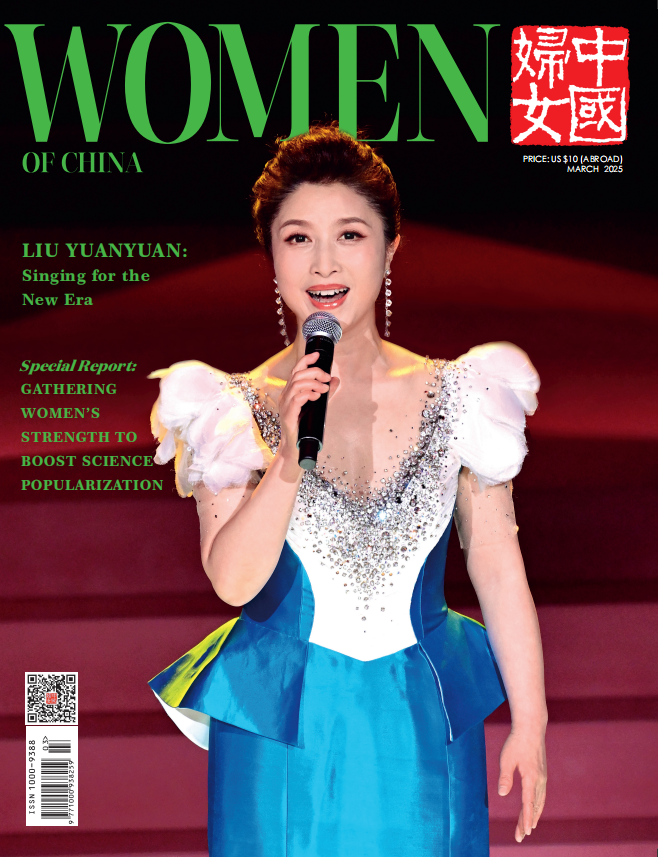




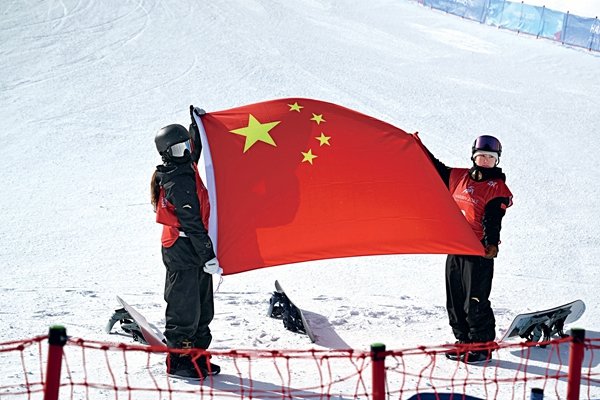
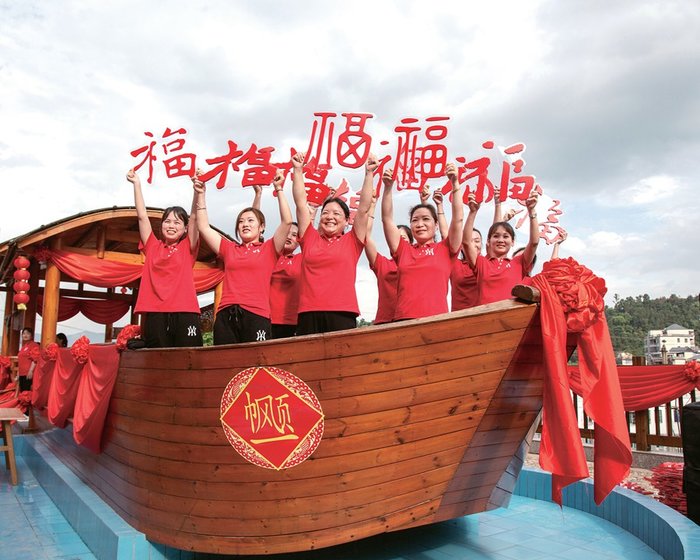
.jpg)

 WeChat
WeChat Weibo
Weibo 京公网安备 11010102004314号
京公网安备 11010102004314号